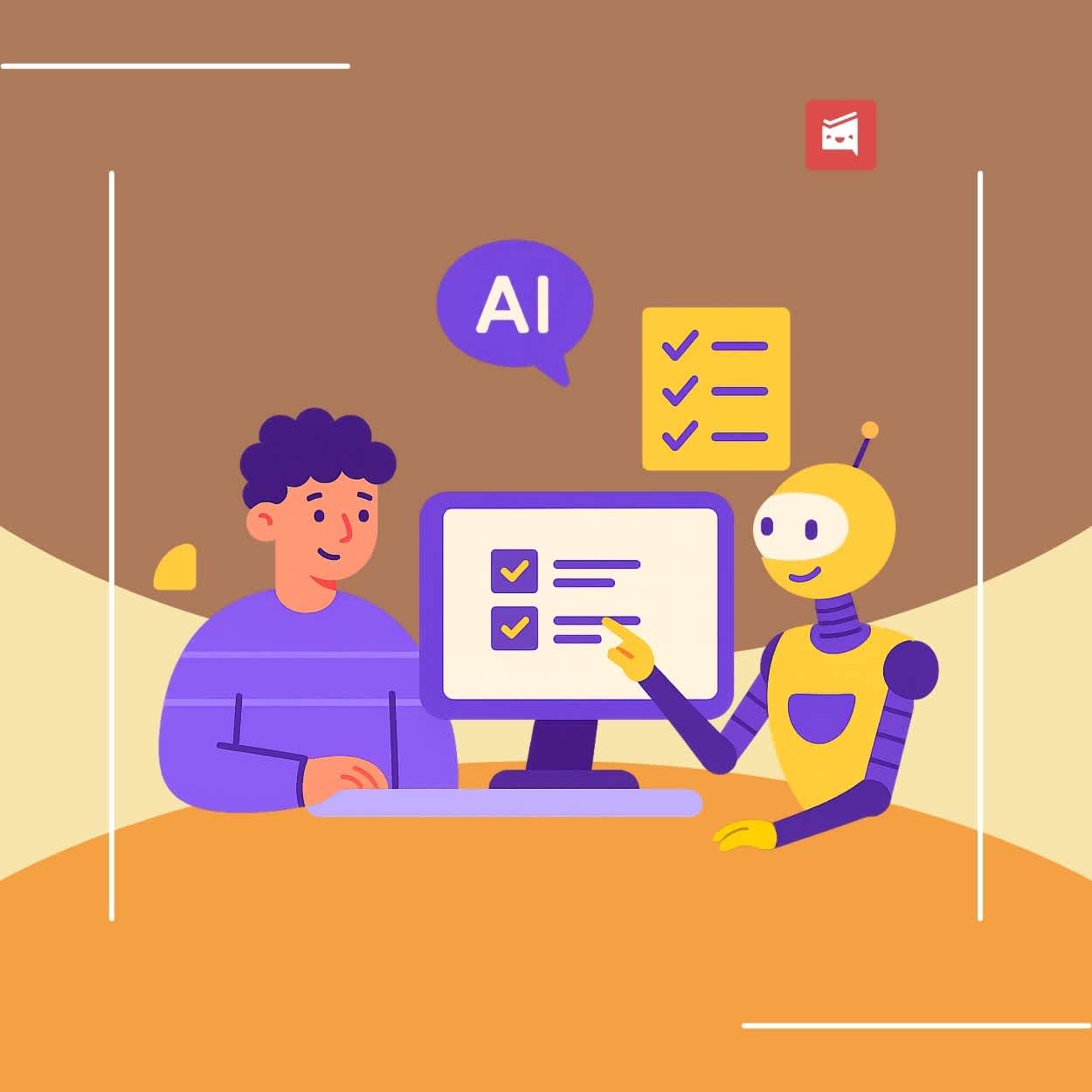Making AI Work for You: Blending Automation with Authentic Expression
ByJulian Gette
Workast publisher

Workast publisher
AI can write, edit, and plan faster than any team could a decade ago. Yet something important fades when machines handle every word. Readers want more than accuracy. They want a voice that sounds alive and speaks with intent and emotion.
Blending automation with authenticity turns AI into a creative partner. When guided with purpose, it strengthens your message instead of dulling it. This balance between human insight and machine precision builds communication that is efficient, expressive, and unmistakably human.
AI delivers speed and structure. It can draft, summarize, and organize in seconds. Yet when used without intention, it can flatten tone and remove personality. Efficiency means little if your audience stops reading because the message sounds mechanical. The goal is not to choose between AI automation and human authenticity but to blend them in a way that preserves both clarity and emotion.
Human expression builds trust and connection. Machines cannot replicate the warmth behind lived experience or personal insight. When you add your perspective, the same sentence gains depth and meaning. True productivity comes when automation amplifies, rather than replaces, your unique voice.
AI can assemble sentences quickly, but it cannot capture the emotion that makes writing memorable. Your tone, rhythm, and choice of words reflect your personality. That individuality gives readers a reason to trust and relate to what you say. When editing AI-generated drafts, focus on expression. Replace generic phrases with genuine reflections drawn from your own experience. This keeps your content alive and distinct.
You can refine robotic language into natural conversation using tools like an AI to human text converter. It helps transform automated text into something readers recognize as authentic. Pair that with thoughtful revision. Add context, stories, and subtle emotion. The result is content that sounds confident, meaningful, and unmistakably yours.
AI works best when handling repetitive or time-consuming work. It can organize schedules, draft outlines, summarize meeting notes, and process large volumes of data without fatigue. Using it for these tasks frees your mind for creativity, strategy, and storytelling. This division of labor ensures that human energy is spent on innovation instead of maintenance.
Relying on AI for structure improves consistency and accuracy. It eliminates small errors and speeds up production timelines. Yet every task should serve a purpose. Let AI handle the technical work while you focus on the message that defines your voice and keeps your audience engaged.
A balanced workflow begins with automation but relies on human refinement to reach its full potential. Start by letting AI handle the groundwork, such as creating outlines, generating ideas, or producing early drafts. Then review every section carefully. Adjust tone, pacing, and word choice to match your intent. The goal is to let AI provide structure while you bring purpose and emotion.
Editing reveals your true influence. Replace flat phrasing with vivid language and ensure smooth transitions between ideas. When human creativity and machine efficiency work side by side, your content becomes faster, clearer, and unmistakably authentic.
AI can elevate productivity, but without structure, it can weaken your message. Setting clear boundaries ensures technology enhances your work instead of overwhelming it. These guardrails protect both quality and authenticity while keeping your workflow efficient and focused.
Set Clear Roles: Define which parts of your process AI should handle, such as drafting or summarizing, and which should remain under your control.
Review Every Output: Read AI-generated text carefully to catch tone mismatches, factual gaps, or awkward phrasing before publishing.
Refine for Tone: Adjust wording to reflect your natural rhythm and communication style so the content sounds human and sincere.
Protect Originality: Keep your creative decisions, examples, and insights personal to prevent overreliance on templates or generic phrasing.
Track Improvements: Evaluate engagement, readability, and consistency to ensure automation truly strengthens your communication.
Blending automation with authentic expression is an evolving process. Success depends on how well your message resonates, not only how quickly it’s produced. Regular evaluation helps you refine both your tools and your tone.
Track Engagement: Monitor metrics such as read time, shares, and feedback to gauge audience connection.
Assess Quality: Compare AI-assisted content with fully human work to ensure creativity remains intact.
Collect Feedback: Ask teammates or readers what sounds genuine and what feels mechanical, then adjust accordingly.
Refine Prompts: Modify your AI prompts to produce outputs that better reflect your desired tone and clarity.
Repeat and Improve: Treat every project as a test run. Small adjustments over time lead to stronger, more human results.
AI works best when it complements human creativity rather than replacing it. Automation provides structure, speed, and consistency, while your insight adds empathy, originality, and emotional depth. When both elements support each other, communication becomes clear and engaging. The key is to maintain balance by using AI to simplify tasks and relying on your perspective to shape meaning. Technology should strengthen your expression and help your words connect with readers in a genuine and lasting way.
